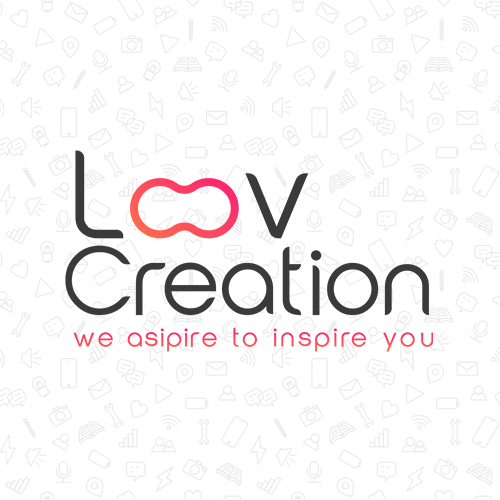Level Up Your DAM: 5 Simple Tricks
- Loov Creation

- Nov 25, 2024
- 2 min read
Unlock the Hidden Power of Your Digital Asset Management Platform

1. Deepen the Discussion on User Training and Adoption:
Tailored Training: Emphasize the importance of tailoring training to different user roles and skill levels. Provide specific examples of how to train creative teams, marketers, and executives.
Gamification: Suggest using gamification techniques to make training more engaging and interactive. For instance, create a scavenger hunt within the DAM or offer rewards for completing training modules.
Continuous Learning: Advocate for ongoing training and communication, such as regular newsletters, webinars, or knowledge base articles.
2. Expand on Metadata and Taxonomy:
Importance of Metadata: Explain how well-structured metadata can improve search and retrieval, automate workflows, and enhance analytics capabilities.
Taxonomy Best Practices: Provide tips on creating a robust taxonomy that is both user-friendly and efficient. Discuss the importance of hierarchical structures, synonyms, and aliases.
Metadata Standards: Recommend adhering to industry standards like IPTC or Dublin Core to ensure consistency and interoperability.
3. Address Security and Compliance:
Access Control: Discuss the importance of implementing strong access controls, including role-based permissions, two-factor authentication, and encryption.
Data Privacy: Explain how to comply with data privacy regulations like GDPR or CCPA by implementing appropriate measures to protect sensitive information.
Disaster Recovery: Emphasize the need for a robust disaster recovery plan to safeguard assets and minimize downtime.

4. Highlight the Role of Analytics:
Understanding User Behavior: Discuss how analytics can provide insights into user behavior, such as popular assets, search queries, and download patterns.
Measuring DAM ROI: Explain how to track key performance indicators (KPIs) to measure the impact of the DAM on business goals.
Data-Driven Decision Making: Show how analytics can inform decisions about asset creation, distribution, and retirement.
5. Leverage AI and Automation:
AI-Powered Features: Discuss how AI can be used to automate tasks like metadata tagging, image recognition, and content recommendations.
Workflow Automation: Explain how to automate workflows to streamline approvals, distribution, and other processes.
Machine Learning: Highlight the potential of machine learning to improve search, recommendations, and asset insights.
By incorporating these suggestions, you can create a more comprehensive and informative DAM best practices guide that empowers organizations to maximize the value of their digital assets.

Comentários